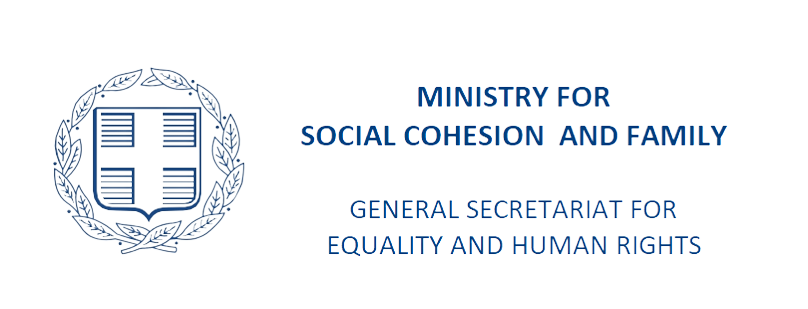UNESCO’s Report on girls’ and women’s education in STEM (August 2017)
Girls and women are significantly underrepresented in science, technology, engineering and mathematics (STEM) professions worldwide, a divide rooted in girls’ earliest days of socialisation and schooling.
“Science is a vocation that begins with a dream, with an aspiration. Today, too many girls are not encouraged to follow this dream,” said UNESCO Director-General Irina Bokova in her opening remarks at the three-dayUNESCO International Symposium and Policy Forum, “Cracking the Code: Girls’ Education in STEM”.
“[The STEM gender gap] disempowers girls and women and throws a shadow over entire societies, placing a break on progress to sustainable development. In this new age of limits, when every country is seeking new sources of dynamism, no one can afford to shunt aside 50 percent of its creativity, 50 percent of its innovation.”
Ms Bokova officially launched UNESCO’s groundbreaking new global report, Cracking the code: Girls’ and women’s education in STEM, on the barriers stifling girls’ and women’s engagement in and contributions to the STEM fields, as well as practical solutions on how these barriers can be overcome.
The Cracking the code publication highlights the systemic impediments girls face at every step of their educational pathways that push them out of these fields. The study shows that by higher education, females represent only 35 percent of all students enrolled in STEM-related fields of study globally. Socialisation and learning processes that perpetuate the false stereotype that “STEM subjects are for boys” carry a pernicious influence.
The report recognises the multifaceted nature of the challenge and proposes a response that is equally comprehensive, including changes to teacher training, learning contents, materials and equipment, assessment methods and tools as well as the overall learning environment and socialisation process in school.




